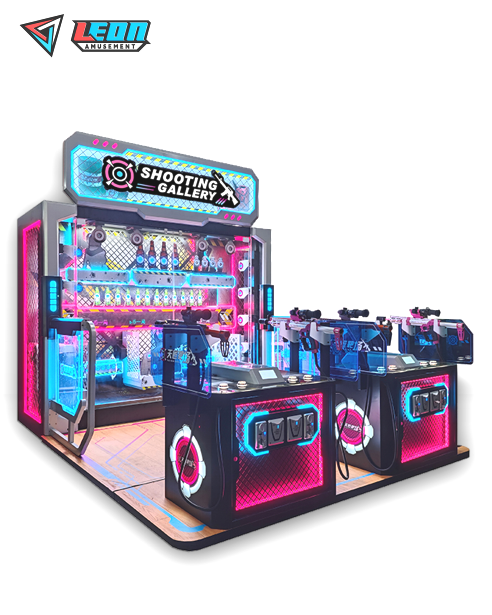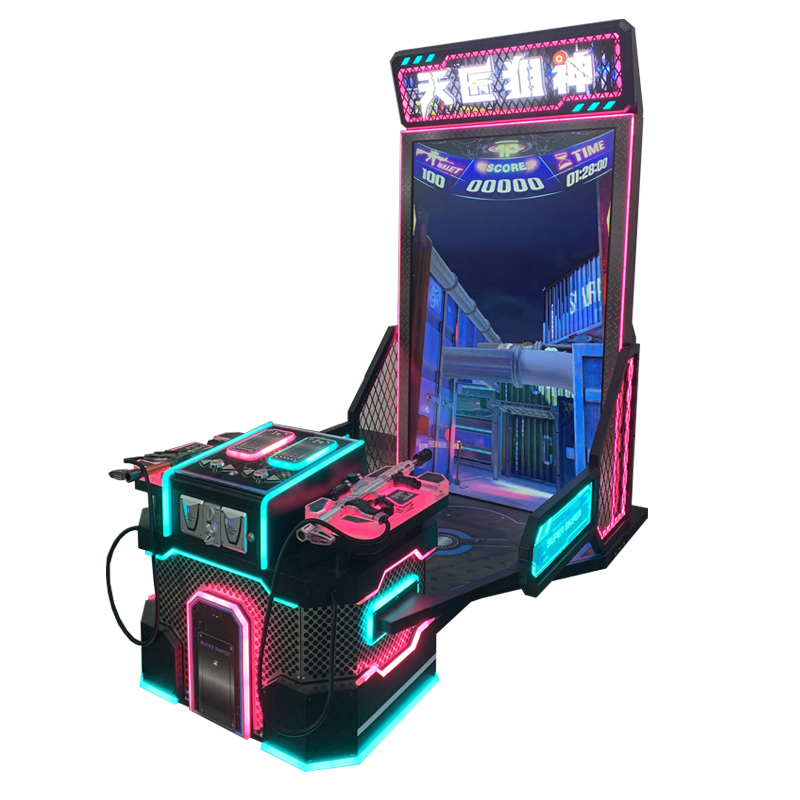Pac-Man created the era of non-violent gaming, which ultimately made video games appeal to a larger demographic, particularly including young girls who were impossible to get into shooting up aliens. As of 1981, more than 40% of Pac-Man players were women, while less than 10% played most first-person shooter games. In 1981, Pac-Man became the first video game to generate more than $1 billion in a single year and grossed more revenue that same year. Pac-Man’s addictive mazes with developing complexity made it not only different from anything before but also fun—gamers invested their own time studying ghost routines. An investigation of its sales showed up on mass-market televisions almost instantly when games became adults’ party themes. Meanwhile, Pac-Man was ported to 20 different platforms, with the sales of one million cabinets driving faster globalization and branding in an arcade game arms race.
Table of Contents
TogglePopularizing Non-Violent Games
The game was so popular that it is credited with helping to establish a new type of video gaming. No longer would home gamers be entertained solely by games based on shooting and combat—suddenly there were titles such as Space Invaders, Missile Command, and even Pac-Man itself, which began attracting both young and old players, particularly female gamers, back into arcades. A 1981 survey by Electronic Games noted that female players accounted for half of Pac-Man’s income, and even higher figures were reported in some locations (Estleman & Margulies). Arcade operators also anecdotally reported disproportionately high numbers in cabinet sales. This grew the game’s player base dramatically, broadening arcade games from a primarily male market into an entertainment form that appealed to all.
Pac-Man’s non-violent design not only attracted a new audience but also directly led to changes in the industry. More than 400,000 Pac-Man arcade machines were installed across the world by 1981, showing that non-violent games could be commercially successful. The game generated more than $1 billion in revenue within its first two years of release, demonstrating that non-violent games could be profitable.

Character Design and Branding
The early success in gaming character design can be attributed to the striking yet simple design of Pac-Man, which resonated with everyone around the world. Pac-Man transcended gaming culture to become a universal symbol used for entertainment brands and promotional events. From its inception in 1980, Pac-Man has been licensed to appear on more than 1,000 products, including toys, games, stationery, hats, and apparel. This allowed the game to move beyond arcade entertainment and into a larger consumer market.
Bandai Namco reported that by 2022, the global brand value of Pac-Man had surpassed $1 billion, with millions (perhaps even billions) in revenue from related merchandise worldwide. Pac-Man proved to be as much of a branding success as it was a gaming success, setting the stage for future developers, such as those behind Super Mario Bros., to create appealing characters and achieve broader commercial success.
Innovative Game Mechanics
Pac-Man’s innovation in game mechanics laid the blueprint for future game design. This included the variety of colorful maze designs as well as strategic gameplay, particularly in the AI behavior of the four ghosts. Blinky, the red ghost, simply chased the player, while Pinky, the pink ghost, tried to ambush the player’s route. These complex mechanics increased both difficulty and enjoyment.
This change in gameplay endeared Pac-Man to players worldwide. By 1981, the total number of times that Pac-Man arcade games had been played reached an astonishing 1 billion, setting a new record in arcade gaming. Pac-Man also introduced the iconic power pellet, allowing players to temporarily turn the tables on the ghosts. This counter-mechanic added even more layered strategy to the gameplay. Many later games used Pac-Man’s maze designs and AI patterns as a foundation.
Driving Globalization of the Gaming Industry
Pac-Man was not just successful in Japan; it also served as a benchmark for the globalization of Japanese arcade games. Pac-Man became a popular success in North America, generating around $1 billion in U.S. gaming revenue by 1981, making it one of the best-selling arcade games of the time. This success signaled to Japan and the rest of Asia that the global gaming market was attainable.
The game was ported to over 20 home gaming platforms, from the Atari 2600 and NES to Flash games on websites. Pac-Man’s home console sales exceeded 7 million, accelerating the trend toward globalization in gaming. Pac-Man’s international success not only opened the door for Japanese video game studios to break into Western markets but also laid the groundwork for future successful Japanese games, such as Final Fantasy and The Legend of Zelda.








